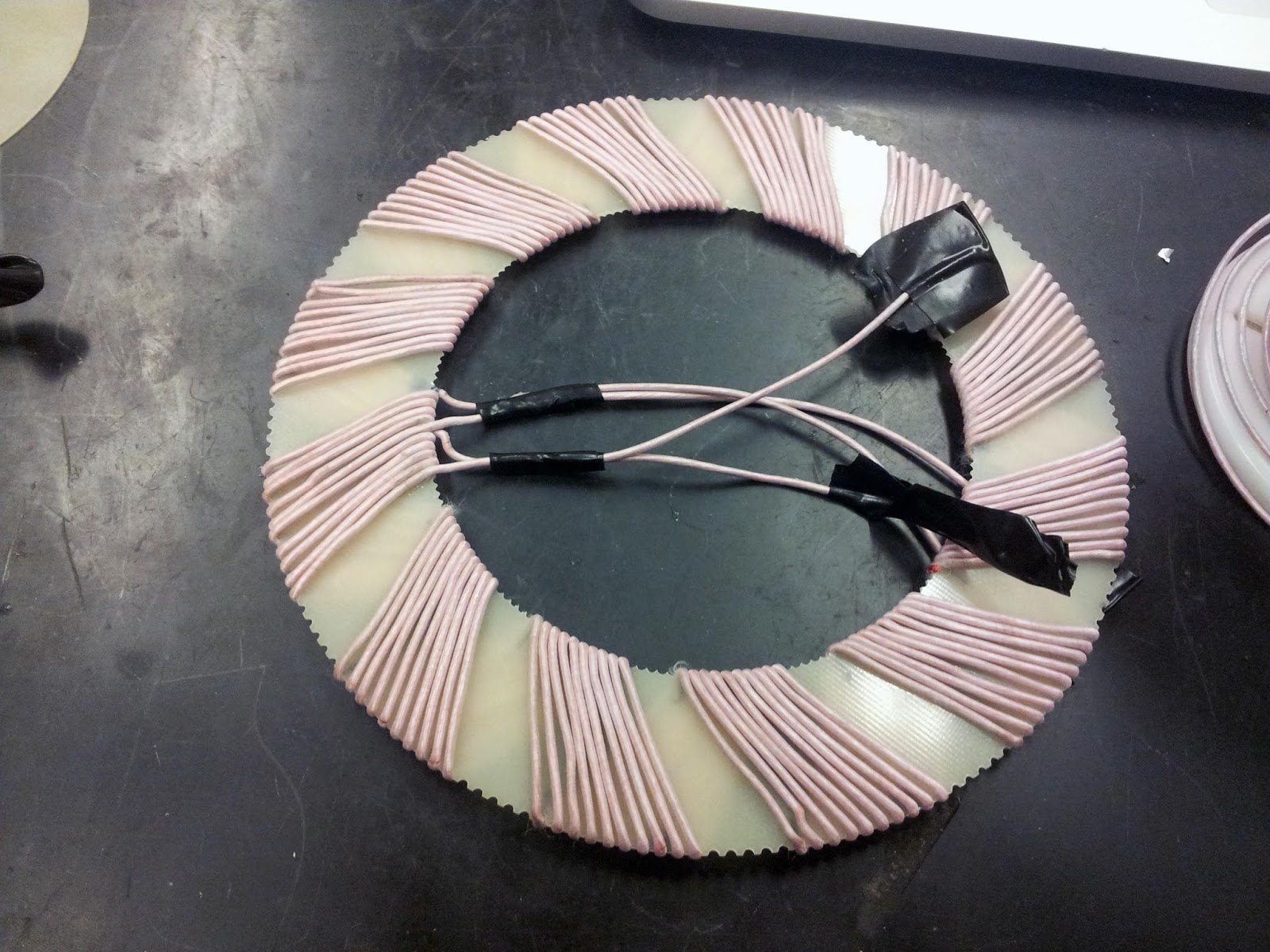Rather than focus on only axial or radial, I think its now reasonable to focus on two DIY designs, for ease of "back shed" construction. An axial along the lines of the Lebowski configuration, and a radial outrunner with segmented teeth, for ease of winding and mounting the coils onto the stator.
I realize there are many more details to consider, and my ideal compromise package may not match your ideal compromise package, but...
Garage (back shed) motor builds can have a "group-buy" of laser-cut laminations to reduce the price. Once the optimum size and shape of non-hub motor laminations is identified, everything else is downhill from there. I would suggest a US legal 750W continuous @36V / 21A , and...a second larger version would be wound to provide the same RPM's at 48V and more amps for the "performance" version.
I realize there are many more details to consider, and my ideal compromise package may not match your ideal compromise package, but...
Garage (back shed) motor builds can have a "group-buy" of laser-cut laminations to reduce the price. Once the optimum size and shape of non-hub motor laminations is identified, everything else is downhill from there. I would suggest a US legal 750W continuous @36V / 21A , and...a second larger version would be wound to provide the same RPM's at 48V and more amps for the "performance" version.


